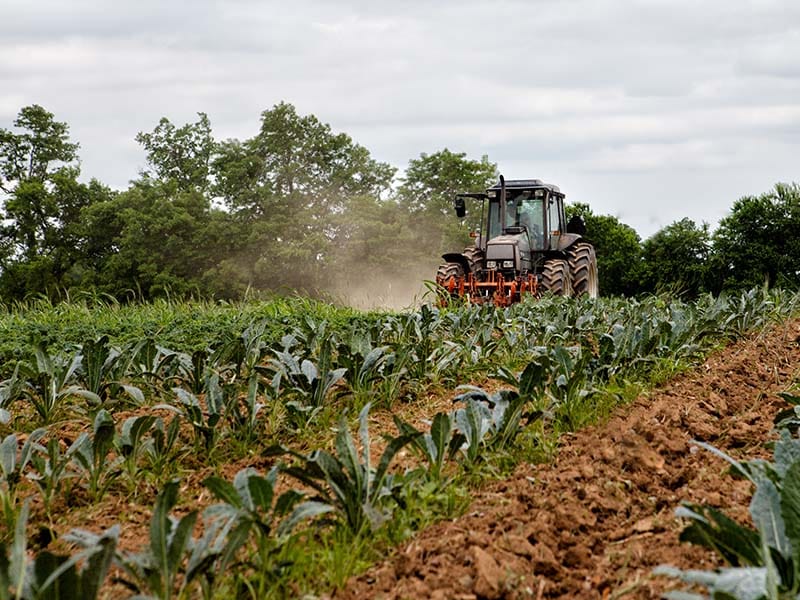
Since a thirst for knowledge seems to be part of what makes us human, let’s look at where we are at the moment. Since Cyrus McCormick started strapping industrial equipment onto steel wheels in the 1830s, the advances in industrialization of our nation’s food supply have become something Cyrus could never have dreamed of.
Scientific research is charting the course for industries to adapt and succeed. It is an economic imperative to do so: stay in the game or get out. When negative externalities are an unintended consequence of an industry, it is seen as a necessary evil, the cost of modernization. This has not worked out so well in the food industry.
The agricultural industrialization revolution in America began in earnest after WWII as bomb ingredients were converted to fertilizer, nerve agents branded as pesticides, and tanks switched into tractors. By overlaying a feed-the-world mentality (creating our own markets, necessarily, as the war’s impacts were worldwide) we learned to process agricultural crops into user-friendly forms with incredible efficiency. Nowadays, computerized combine tractors collect huge swaths of grains for remote feeding of livestock which are then later fabricated into all manner of preserved and processed products that may or may not meet the definition of food. The negative externalities of this situation are tangible.
But through that same science, we can now quantify the negative impacts of exploiting our soils to feed the world. From the dead zone in the Gulf of Mexico to the hospitals hard-pressed to treat everyone’s diet-related illnesses and insidious cancers, society pays the price. But what can we do?
In the early 1920s, Arthur Pigou, a renowned and brawny British economist at Cambridge University, was fed up with the coal-burning smog in his community, affectionately called London Fog. He calculated the costs to the residents to clean and replace goods, provide better healthcare, and improve the impacts on plants and animals–all ruined from the suet of burning so much coal in a small space. Pigou proposed a tax that energy users would pay to account for the cleanup. It acted as an incentive to pollute less, and equally important, consumer spending would gravitate to cleaner technologies. This is known today as a Pigouvian tax scheme.
Canada has implemented a carbon tax system based on this principle with the tax money flowing to consumers to drive cleaner technologies. Continuing with this thought, what would Pigou say about our modern food system? He would calculate the health care savings if people stopped suffering from chronic diet-related diseases. Junk food would be more expensive and taxes on it would pay for the health care claims to which such junk contributes. Farm chemical companies would be taxed the billions of dollars needed to research and develop technologies to reduce runoff, replenish riparian zones, and even re-vegetate the Mississippi River Delta. Farmers would look for alternatives to expensive chemicals and adopt regenerative agricultural practices. Products known to carry toxic substances would be taxed to incentivize research into alternatives. The more risk, the greater the tax. Consumers would make safer food choices because they’d also be the most cost-effective option.
Unfortunately “tax” is a swear word in political circles, so Pigou’s ideas are probably not going to happen in my lifetime.
But, how can we incentivize healthy eating and save ourselves from today’s deadly industrialized food system?
At Elmwood, the food we grow has a net positive impact on the ecosystem. The minimal negative external costs associated with our production and distribution system are offset by all the carbon we sequester. As customers in partnership with an organic, regenerative farm, you are doing your part. You are leading the charge to make this world a healthier place! Together, we have all the incentive we need to invest in the long-term future of our personal health and a cleaner environment. Let’s keep at it together!
Mac Stone



Made with 
